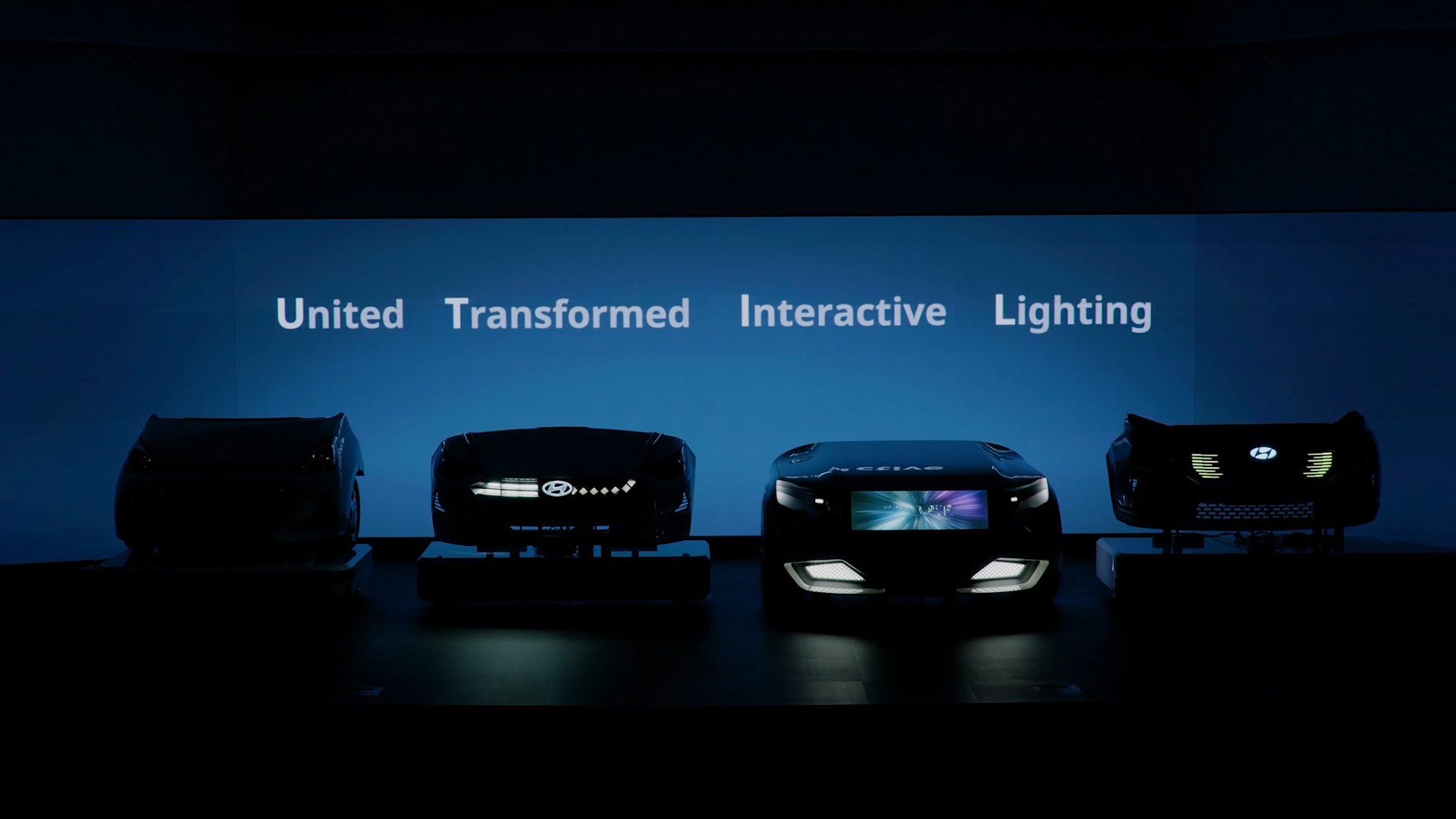
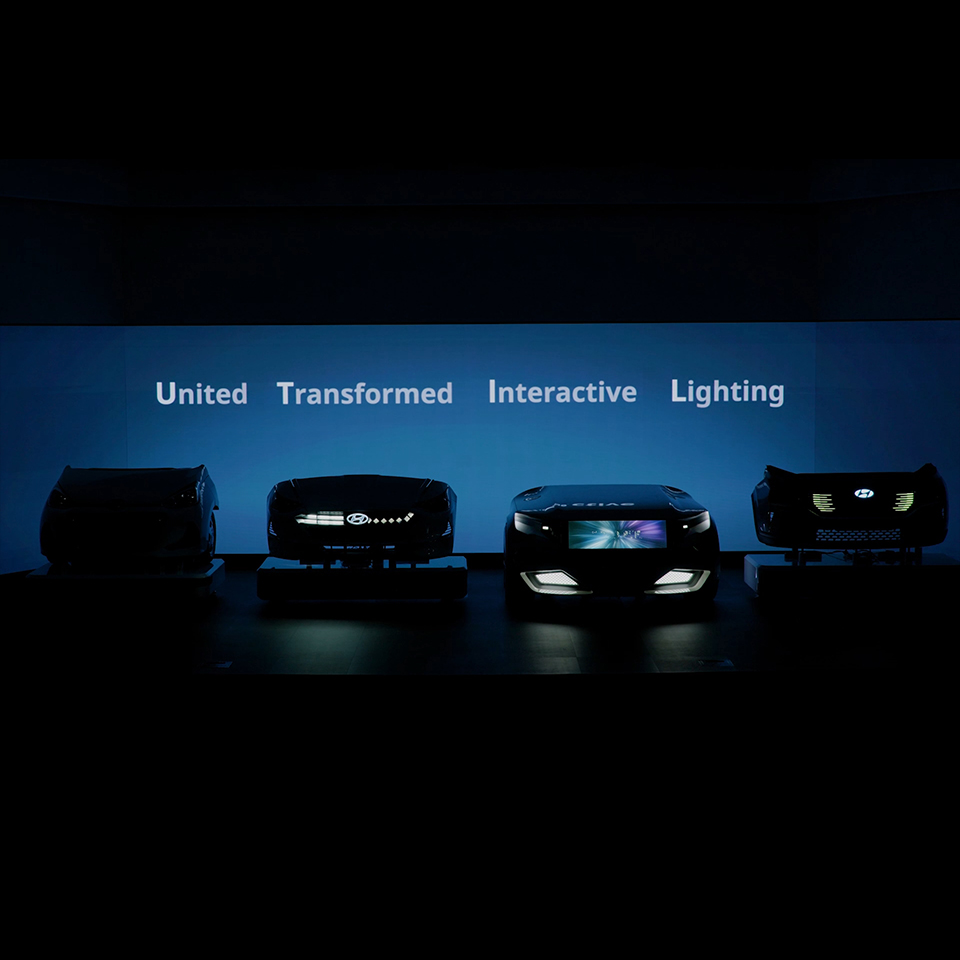


The FEM (Front End Module), which consists of bumpers, headlamps, and radiator grilles, is a key element that determines the impression of a car. And in particular, the grille, which occupies the largest area, is a design element that symbolizes the brand’s identity ‒ like Kia’s Tiger Nose or Genesis’ Crest Grille. Both grilles are constantly evolving, and they are used as design elements throughout each brand.
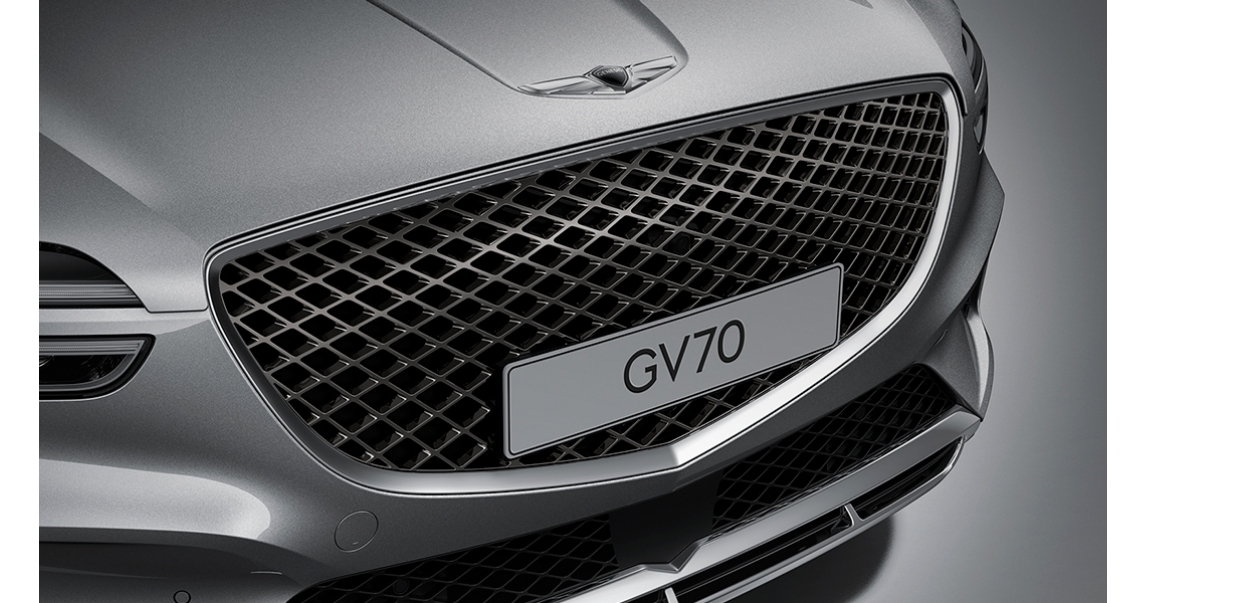
Of course, grilles play an important role. The grille of an internal combustion locomotive cools the engine(radiator) using the air it encounters while driving. Various scientific and technological factors are used for this; This is because, in order to capture both function and beauty, it is necessary to consider several factors, such as air intake and direction, in addition to design. The same goes for bumpers and headlamps. Both performance and aesthetics must be satisfied.
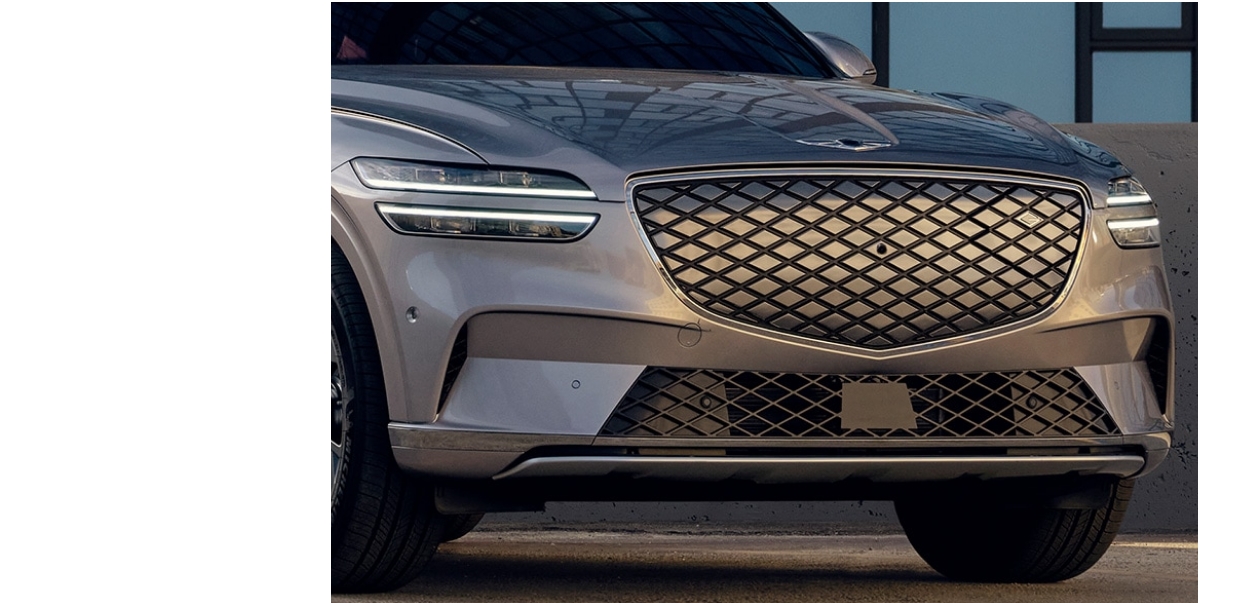
But in the future of mobility, the front of the car must change; EVs, for example, require significantly less cooling than internal combustion engines. So, for a model that has both an internal combustion engine and an EV version, for example, the grille for the internal combustion engine has holes for the driving wind to pass through, and the grille for the EV version is made without holes to reduce drag. In this way, automakers continue to try to design in consideration of functions.

Hyundai Mobis is also making efforts to find new ways to use the front of the car. A good example is the future automobile exterior concept ‘UTILe’ unveiled by Hyundai Mobis this year. UTILe, which suggests a bumper in the era of EVs and autonomous vehicles, is a compound word of four English words: ‘United,’ ‘Transformed,’ ‘Interactive,’ and ‘Lighting’; And these four technologies combine to form ‘UTILe.’ So, how will each technology benefit us?
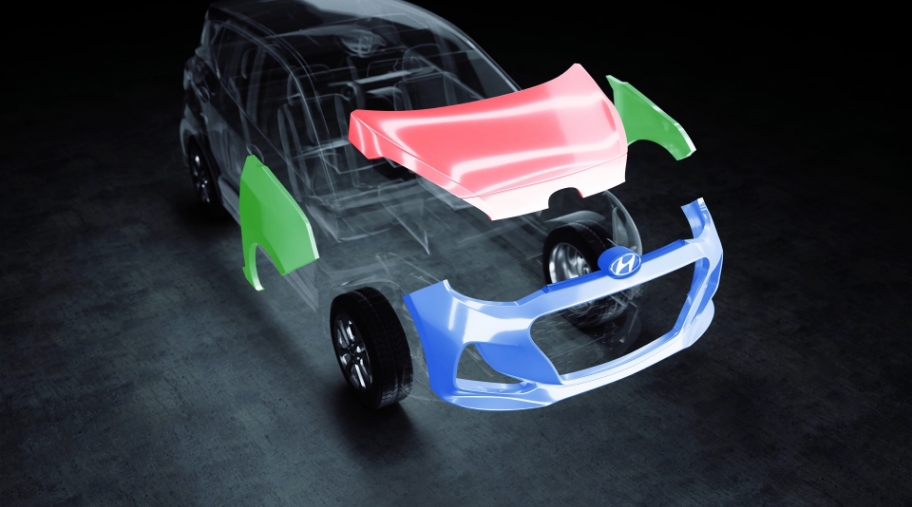
In the EV era, weight reduction becomes very important: reducing weight allows you to run farther with the same energy. Therefore, Hyundai Mobis decided to use the injection molding method for the bumper, grille, hood, and fenders all in one mold. Lightweight materials such as TPO (Thermoplastic Olefin), which are currently used in bumpers, are more widely used.
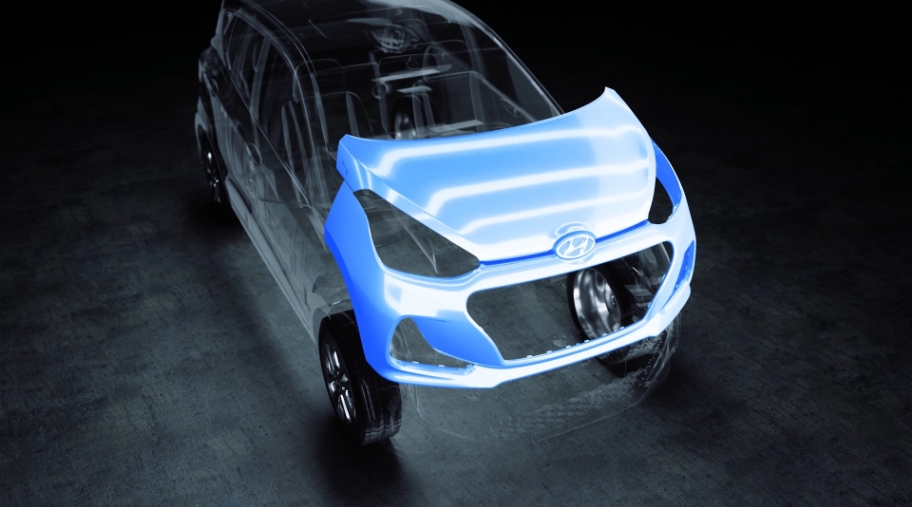
The hood and fenders of today’s cars are made of metal, and TPO is used for the bumper. The materials are different, and so is the manufacturing method. The metal is stamped with a press machine, and the TPO is pressed into a mold to shape. However, UTILe can manufacture them in a single injection molding. Not only is this method greener, but it can also reduce the weight of the bumper, hood, and fenders by 20%. This is why the term “United” is included in UTILe.
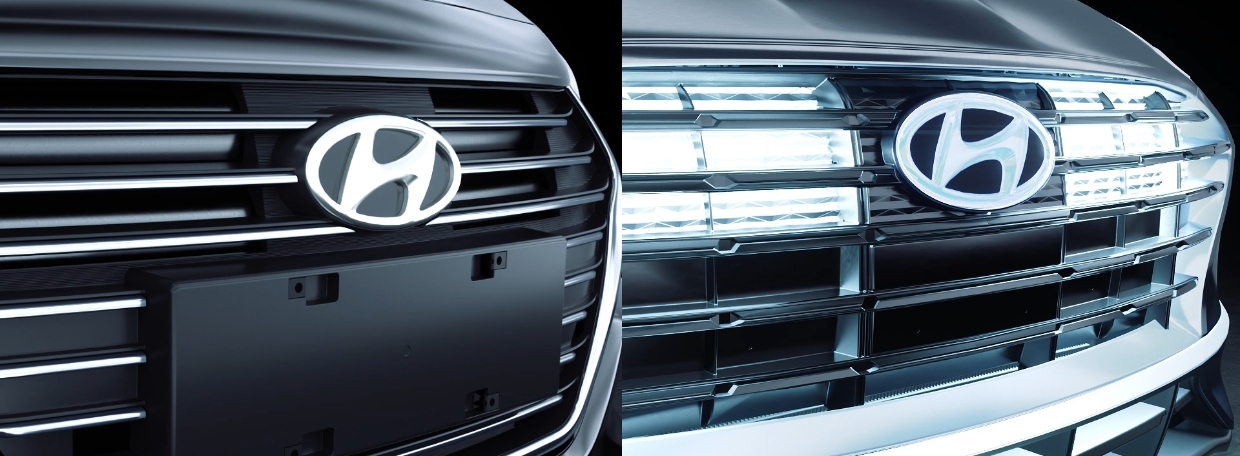
The Active Air Flap technology integrated with the grille moves the flaps according to the coolant temperature. It automatically adjusts the inflow of wind for cooling. In the case of internal combustion engines, when the coolant temperature is high, the air flap is opened to let in as much air as possible to increase the cooling efficiency. After that, when its temperature drops, the air flap is closed to reduce air resistance.
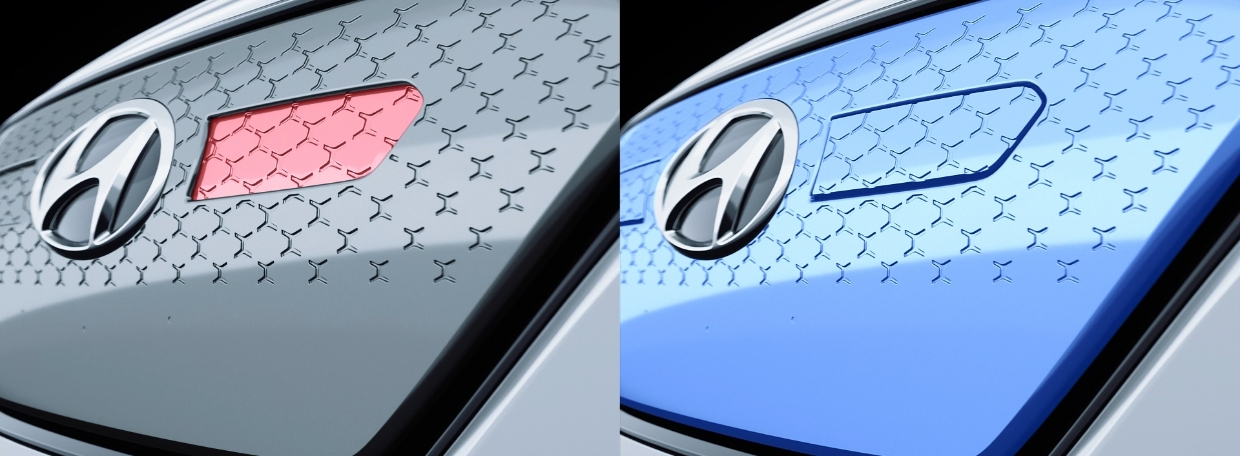
The integrated grille active air flap technology may seem simple, but it dramatically helps fuel economy. By reducing air resistance, it can increase fuel efficiency by 2.3% at high speeds. What’s more, UTILe added refinement for aesthetics. It trimmed the cover of the Active Air Flap to the same height as the grille surface to give it a more natural look. That’s why UTILe has the word ‘transformed’ in it, not ‘active’. Even though it may seem insignificant, but the automaker indeed made things better.
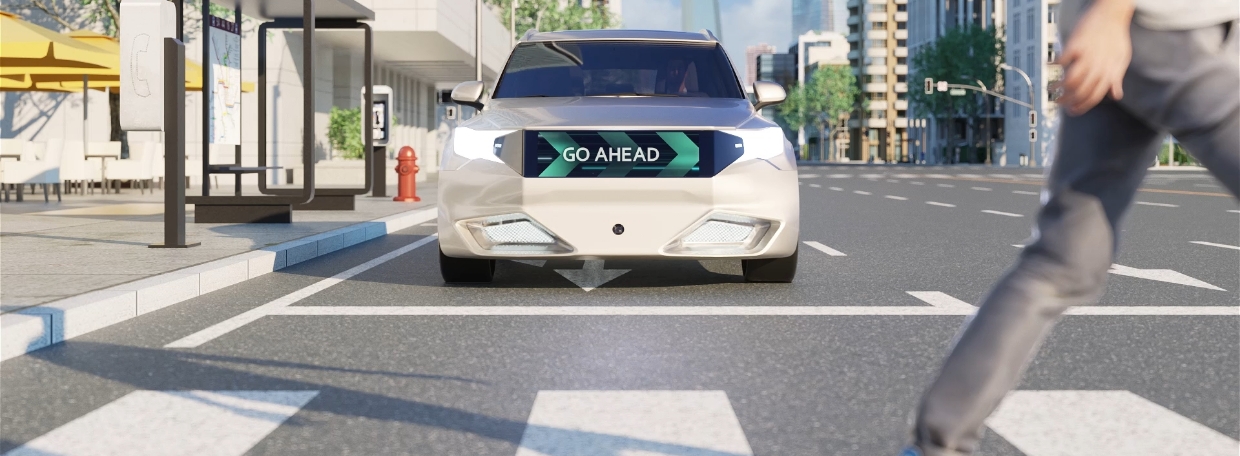
‘UTILe’ has an LCD display instead of a conventional grilles. It can display various information using LCD, and Hyundai Mobis calls it an interactive smart face. By displaying a message, it can signal to nearby vehicles or pedestrians (Interactive), and QR code payments are also possible.
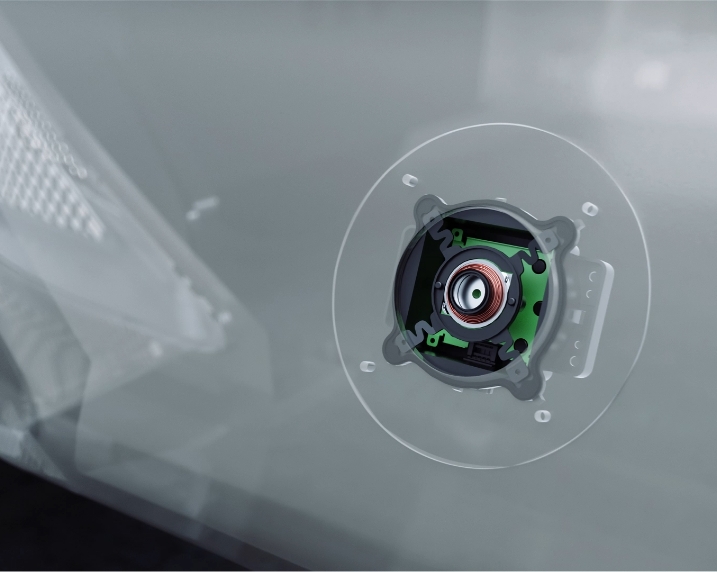
Below the LCD display lies the speaker. This also helps the inside and outside of the vehicle communicate with each other; In a dangerous situation, it may warn around the vehicle, or it may hear a song from outside the vehicle. There are secrets to weight loss in speaker design; The use of the bumper cover as a diaphragm reduces the number of parts by 58% and weight by 75% compared to conventional speakers.
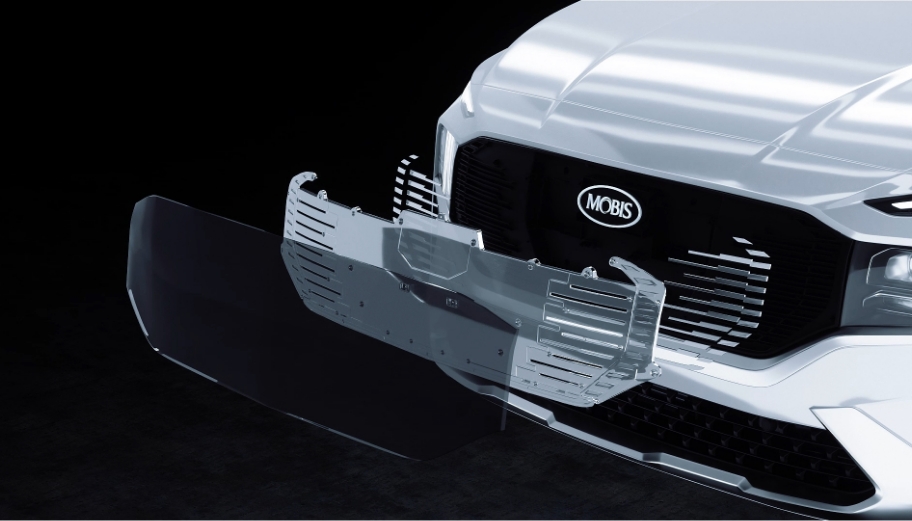
Lighting is another aspect of UTILe. This technology utilizes LEDs and lenses inside the grille to use the entire grille as a lighting device. By changing the color or lighting pattern of the light, it can display various scenarios, such as autonomous driving mode, EV charging mode, welcome light, and emergency warning light.
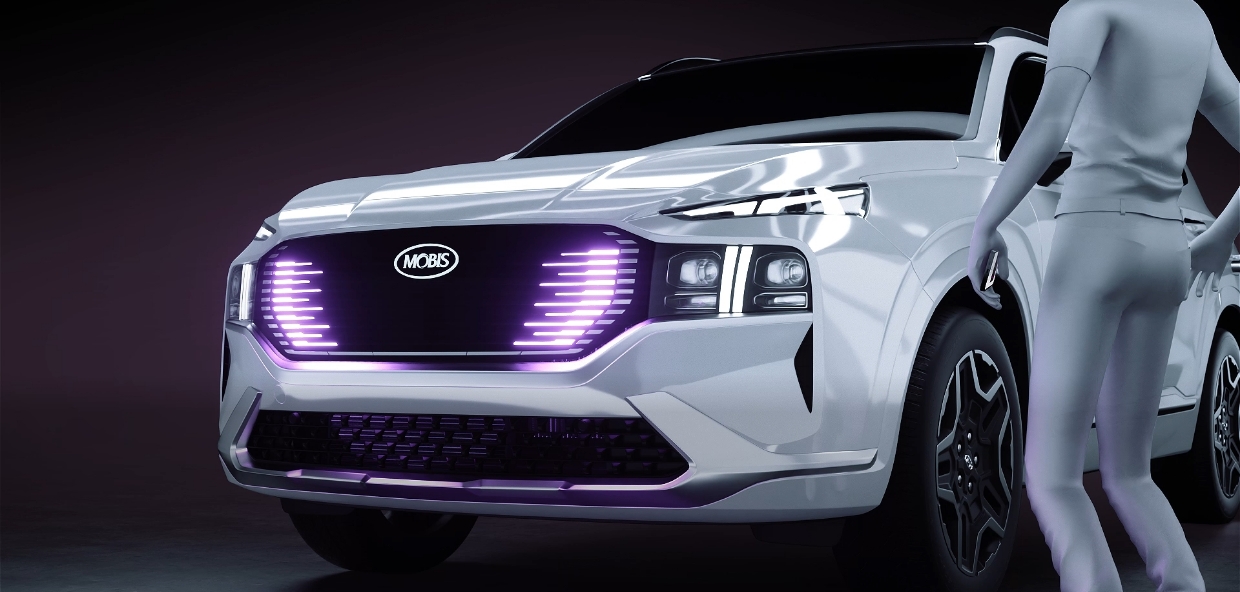
As such, the lighting grille is not just a light; It can intuitively signal other cars or pedestrians. It can also display patterns such as crosswalks or arrows on the grille. It can also be used as an emotional element to communicate with the driver, such as lighting up when greeting the driver or changing colors and patterns to match the music.
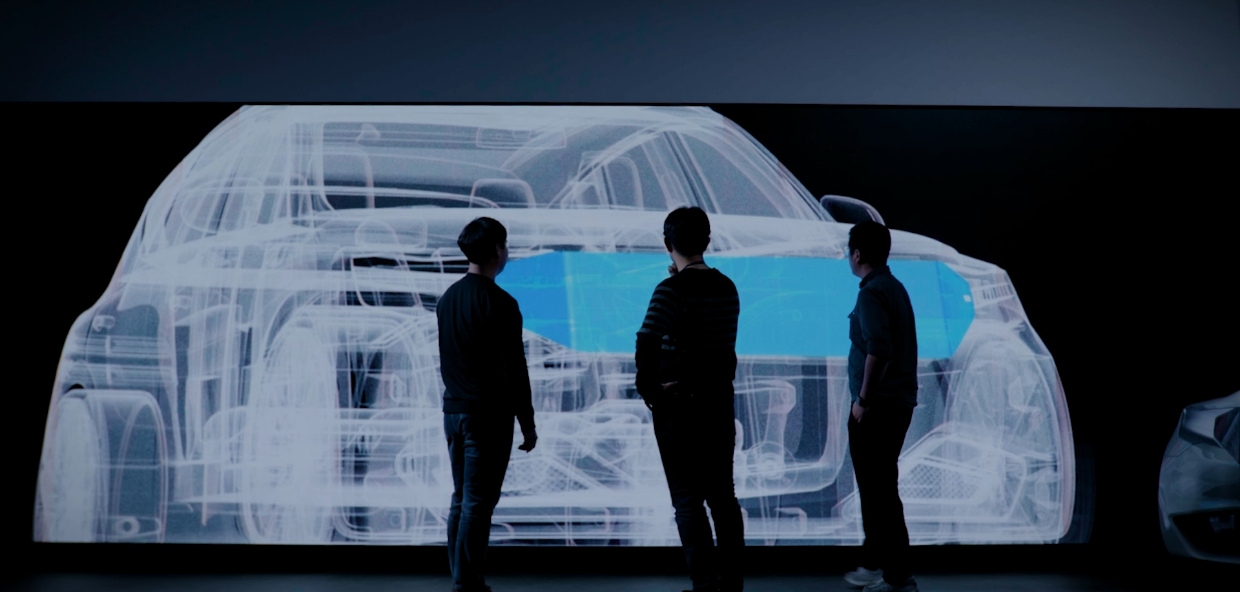
No one knows how car design will evolve in the future, but it is clear that future cars must also meet various factors such as safety, efficiency, and the environment. Every single part is essential; Bumpers, radiator grilles, and lamps should also have multiple functions. This is why Hyundai Mobis explores new possibilities through the face of automobiles.
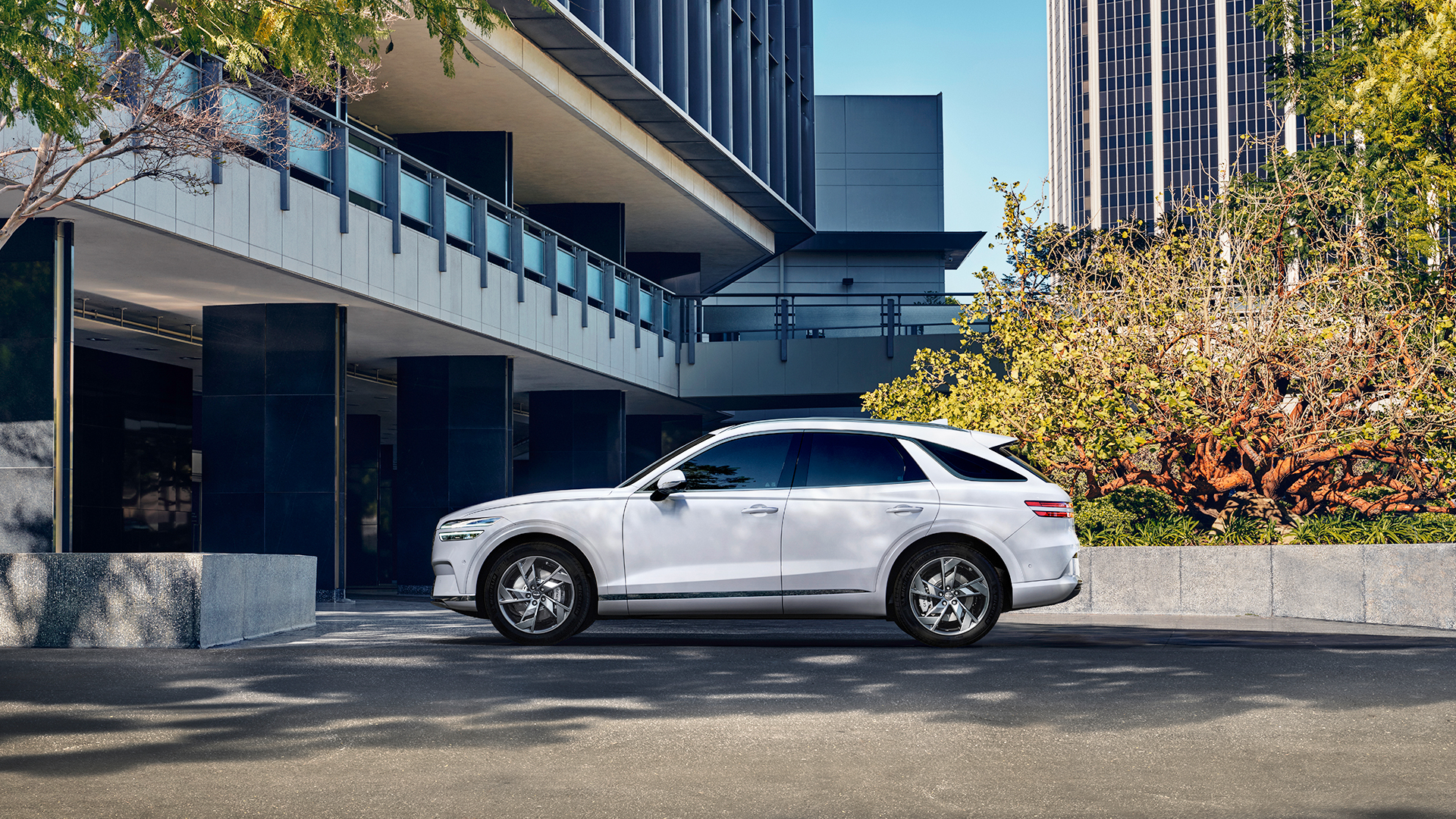
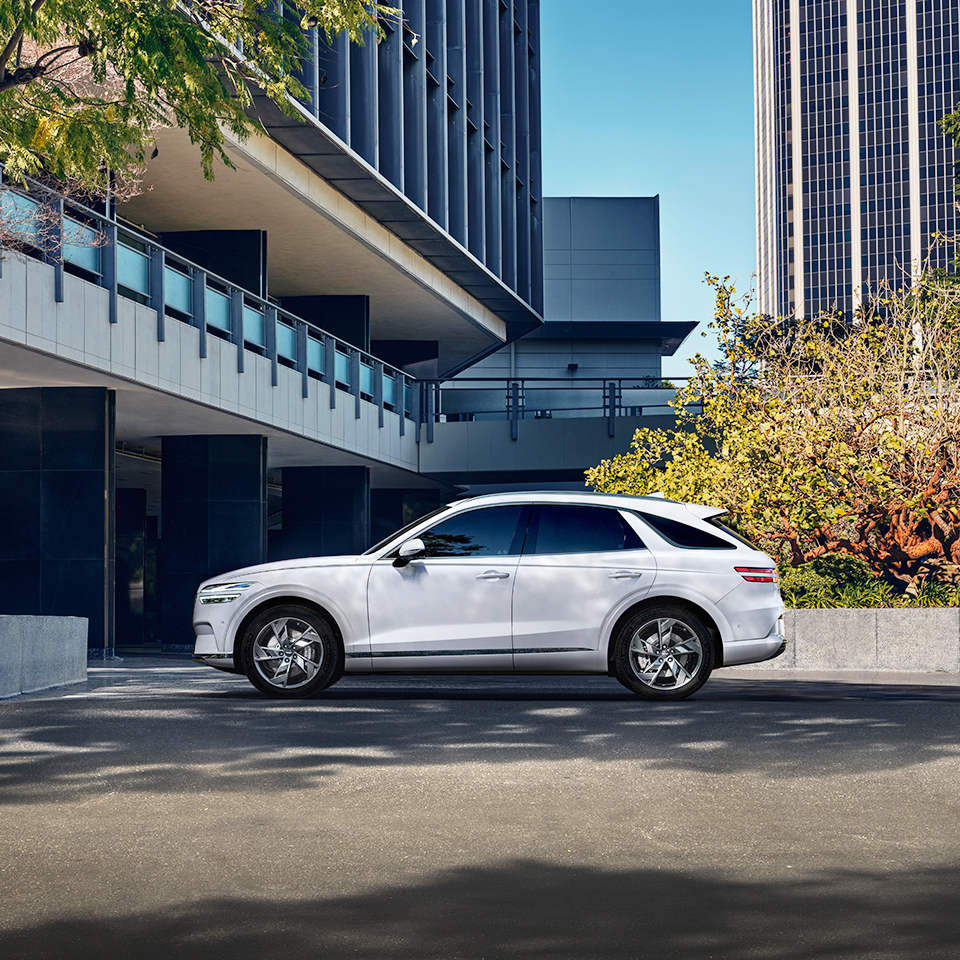
Electrified GV70: Obsession with Balance
2022.04.08 7min read